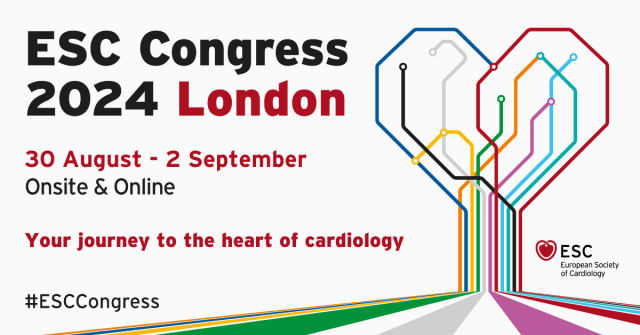Prior studies indicate that up to 50% of these patients with non ST elevation myocardial infarction (NSTEMI) are over 70, and that only 14% patients aged ≥85 receive an angiography. Taking this into account, the British Heart Foundation research team carried out this study.

It included patients aged ≥75 allocated to either an invasive strategy or a conservative management. Researchers assessed all participants’ frailty, cognitive status and comorbidities both initially and during followup.
Data from 1,518 patients were collected: 45% were women, 72% were over 80, 80% were classified as pre-frail or frail, 60% scored less than 26 in the Montreal cognitive test and comorbidity Charlson index was mean 5.
The primary outcome, which included cardiovascular death or non-fatal acute myocardial infarction (AMI) did not show significant differences between the groups (HR 0.94; CI95% 0.77-1.14; P=0.53). When looking at the individual components, there were no differences in cardiovascular mortality. However, there was significant reduction in non-fatal AMI in favor of the invasive strategy at mean 4 year followup (HR 0.75; CI95% 0.57-0.99). Reduced rate of new revascularization was also a considerable benefit (HR 0.26; CI95% 0.17-0.39).
Read also: ESC 2024 | RHEIA Trial: Transcatheter vs. Surgical Replacement in Women.
In elderly patients with type 1 NSTEMI, an invasive strategy resulted safe, even though there was no significant reduction in the combined end point of cardiovascular death and non-fatal MI vs. the conservative strategy. Nevertheless, there was a lower incidence of non-fatal MI and need for new revascularization.
Presented by Vijay Kunadian in Hot-Line Sessions, ESC Congress 2024, August 30-September 2, Londres, Inglaterra.
Subscribe to our weekly newsletter
Get the latest scientific articles on interventional cardiology





